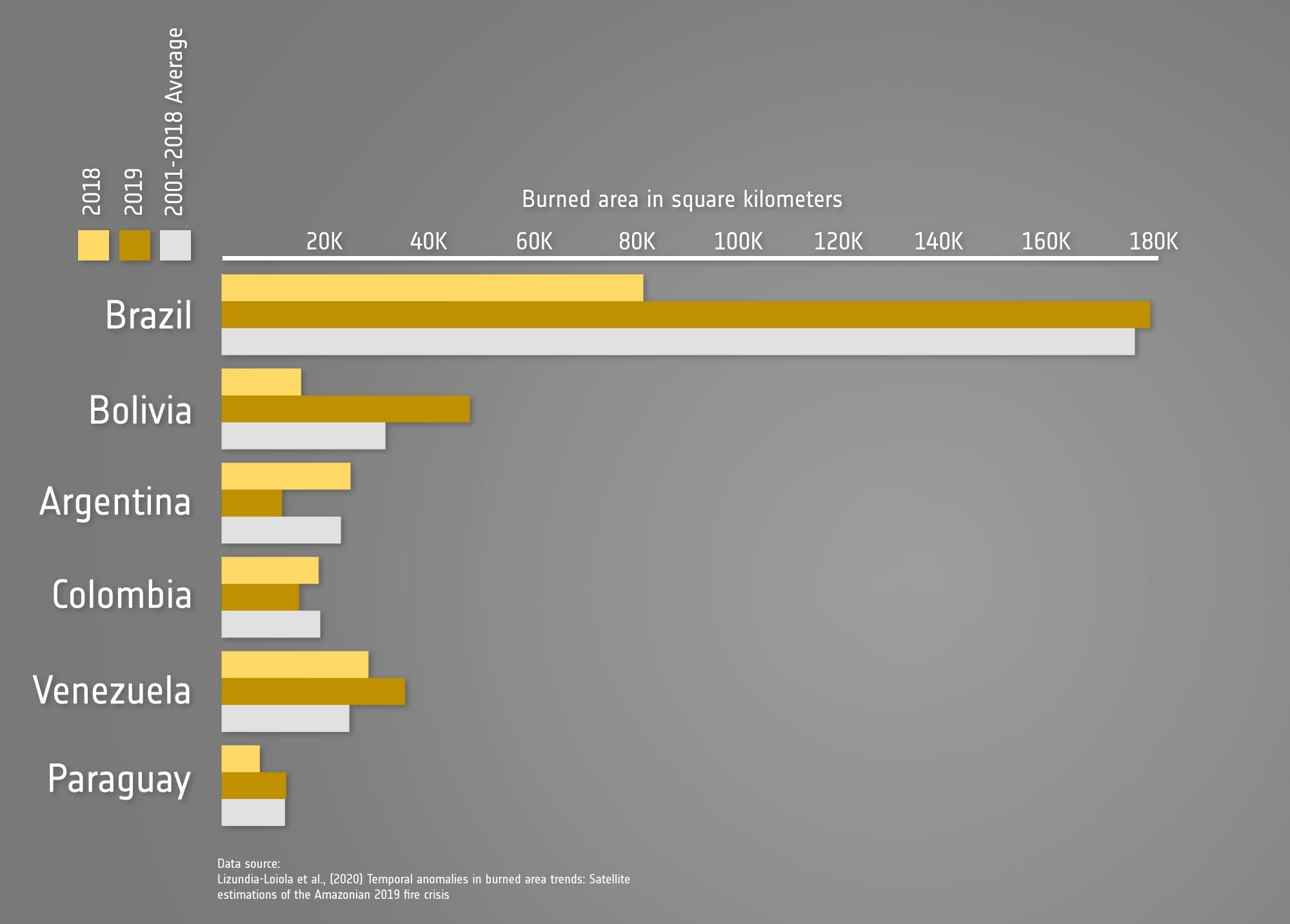ESA Data Puts 2019 Amazon Fires In Context, and It’s Good News

Pleasantly surprising data from ESA. Turns out 2018 was a good year, and 2019 was pretty close to the norm over the last two decades. Context helps.
 Main Engine Cut Off
Main Engine Cut Off
Pleasantly surprising data from ESA. Turns out 2018 was a good year, and 2019 was pretty close to the norm over the last two decades. Context helps.
This continues the same story I’ve been harping on with Starliner’s issues since December: Boeing is making mistakes that even to non-technical audiences sound downright stupid.
I’m really excited to watch this project move forward. It’s a distinctly 2020s project, and has the feeling of something we’ll remember in the long view of space history.
Leave it to the man himself to write the nice version of my thoughts on the draft authorization.
Microsat-R was intercepted at an altitude of ~300 kilometers, and there is still debris reaching 1,400 kilometers higher (and 8 other pieces 700 kilometers higher). Those pieces regularly pass through the orbital regimes of the ISS, low-orbiting weather satellites, nearly all satellites in sun-synchronous orbits, and a ton of LEO communications satellites.
This is definitely an improvement over the status quo, which is that you can launch a single satellite and that covers your spectrum rights for thousands more that you may never launch.
When I was at IAC, I heard that this would be flying on the back of Centaur. That made sense, as ULA was a partner in Nanoracks’ Outpost program. But after this announcement, I went looking, and ULA hasn’t appeared in anything related to Outposts in months.
Blue Origin filed a protest back in August with a handful of complaints about the selection criteria for the National Security Space Launch program. The Government Accountability Office sided with Blue Origin on what seems like the most important complaint, but threw out a handful of other ones.
I’m not completely sure what to make of this new set of filings yet. The optimistic end of the spectrum is SpaceX preparing for massive growth in Starlink services over the next decade.
The RFP was released back in August, and as we heard then, the program contains up to 20 missions that will be competed as they are ready. The selected launch providers are a nice mix of those who are flying today, those who are coming up on their first flight, and those who are still early on in their work.